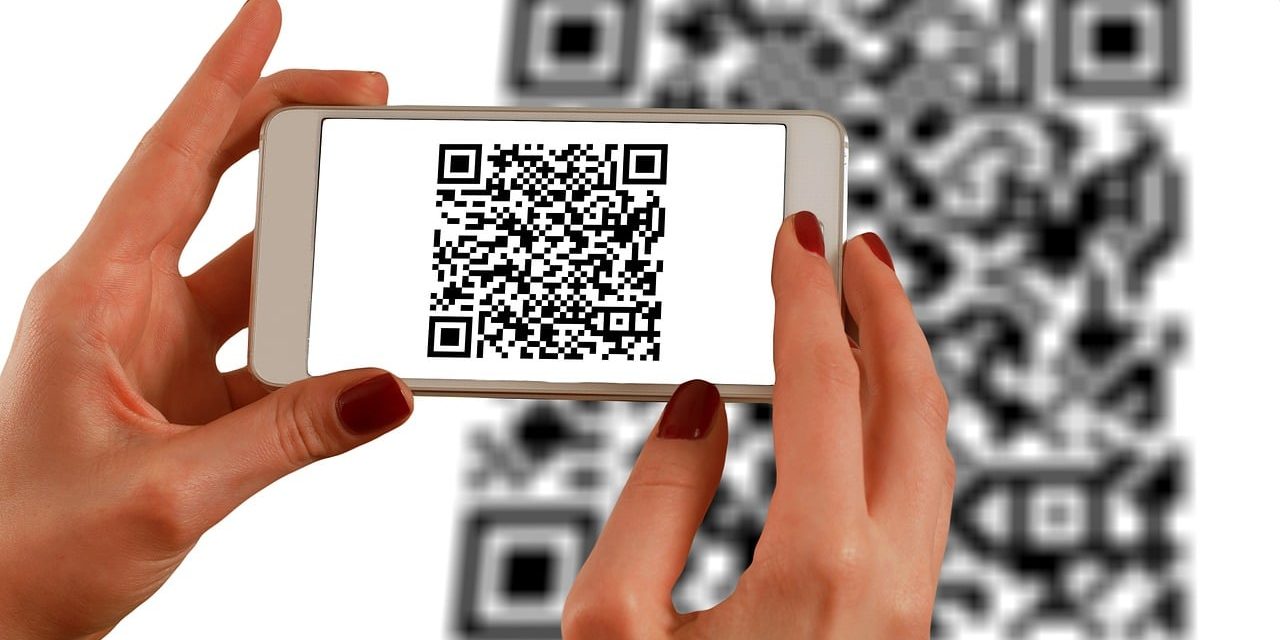Printing barcodes may seem like a straightforward task, but the quality of the barcode ribbon you choose can make a significant difference. It’s not just about slapping any old ribbon on your printer and hitting the print button; it’s about making an informed decision to ensure optimal printing results. In this guide, we’ll explore the factors you need to consider when choosing a barcode ribbon that suits your specific needs.
Understanding the Basics: What is a Barcode Ribbon?
Before we dive into the nitty-gritty details, let’s get back to the basics. A barcode ribbon, like Zebra Industrial Ribbons, is a crucial component in thermal transfer printing, a method widely used for creating durable and high-quality barcodes. The ribbon consists of three layers: the base film, the ink layer, and the backcoat. When heated, the ink layer transfers onto the label, creating the barcode.
Types of Barcode Ribbons
Not all barcode ribbons are created equal. There are three main types: wax, wax-resin, and resin. Each type has its own set of characteristics, and choosing the right one depends on your specific printing needs.
- Wax Ribbons:
Wax ribbons are suitable for general-purpose label printing. They are cost-effective and work well for printing on paper labels. However, they may not provide the durability needed for certain applications.
- Wax-Resin Ribbons:
Wax-resin ribbons offer a balance between durability and cost. They are ideal for printing on synthetic labels, providing resistance against smudging and scratching. If your labels need to withstand some rough handling, wax-resin ribbons might be the way to go.
- Resin Ribbons:
Resin ribbons are the heavy-duty option. They are designed for applications where extreme durability is required, such as in chemical or outdoor environments. If you need labels that can withstand harsh conditions, resin ribbons are your best bet.
Consider Your Label Material
The material of your label plays a crucial role in determining the type of barcode ribbon you should use. Paper labels generally work well with wax ribbons, while synthetic labels, like polyester or polypropylene, often require wax-resin or resin ribbons for optimal results.
Printer Compatibility
Not all barcode ribbons are compatible with every thermal transfer printer. Before making a purchase, ensure that the ribbon is specifically designed for your printer model. Using an incompatible ribbon can result in poor print quality and may damage your printer over time.
Print Speed and Darkness Settings
Consider the speed at which you need to print your labels and the darkness or density of the print. Different ribbons are designed for various print speeds and darkness settings. Adjusting these settings correctly ensures that your barcode is not only clear and readable but also extends the life of your ribbon.
Environmental Conditions
Take a moment to think about where your labels will end up. Will they be exposed to extreme temperatures, moisture, or chemicals? Understanding the environmental conditions your labels will face helps in choosing a ribbon that can withstand these challenges. For instance, if your labels are used outdoors, a resin ribbon might be the best choice for durability.
Cost Considerations
While quality is paramount, it’s essential to consider your budget. Wax ribbons are the most cost-effective, making them suitable for large-scale applications with budget constraints. However, it’s crucial to strike a balance between cost and quality to ensure that your labels meet the necessary standards.
Testing and Samples
Before committing to a bulk purchase of barcode ribbons, it’s a good idea to test a few samples. Most reputable suppliers offer sample ribbons for testing. This allows you to evaluate the print quality, durability, and overall performance of the ribbon with your specific labels and printer.
Troubleshooting Tips: Overcoming Common Barcode Printing Hiccups
Even with the best intentions and the right barcode ribbon, occasional printing hiccups can still occur. Here’s a quick guide to troubleshooting common issues and ensuring your barcode printing process runs smoothly.
- Faded Prints:
If your prints appear faded, first check the darkness setting on your printer. Adjusting the darkness to a slightly higher level might improve print quality. Additionally, ensure that you are using the correct ribbon type for your label material.
- Smudging or Smearing:
Smudging or smearing can be frustrating, especially if your labels need to withstand handling. Consider switching to a wax-resin ribbon for synthetic labels, as they provide better resistance against smudging. Double-check that your labels are fully dry before handling them.
- Poor Print Quality:
If your prints are consistently of low quality, it could be a sign of an incompatible ribbon or incorrect print speed. Ensure that the ribbon matches your printer model and that the print speed is appropriately configured. Testing different ribbon samples can help identify the one that works best with your setup.
- Label Jamming:
Label jamming is a common issue that can disrupt your workflow. Check for any debris or leftover adhesive on the printer’s printhead, as this can lead to jams. Additionally, ensure that the labels are loaded correctly and that the ribbon is threaded properly.
- Inconsistent Print Density:
Inconsistent print density across labels can be frustrating and impact scan readability. This issue may be caused by uneven pressure on the printhead. Make sure the printhead is clean, and the pressure settings are adjusted correctly. If the problem persists, it might be time to replace the printhead.
Conclusion: The Right Ribbon for Your Barcode Printing Journey
Choosing the right barcode ribbon might not be the most exciting decision you make, but it’s undoubtedly one of the most important ones. Whether you opt for the cost-effective wax ribbon, the versatile wax-resin ribbon, or the heavy-duty resin ribbon, consider your label material, printer compatibility, print speed, environmental conditions, and budget.
In the world of barcode printing, attention to detail matters. So, take the time to understand your specific needs and choose a barcode ribbon that aligns with your printing requirements. After all, the success of your barcode labels begins with the right ribbon. Happy printing!

















